1. The transformation of logistics and transportation tools: The electric logistics vehicle meets the requirements of urban distribution capacity Logistics distribution is the main mode of operation of the modern circulation industry. It is divided into inter-city distribution (including trunk line, branch line distribution), urban distribution (including short-barge, terminal distribution), and the medium, light, and micro cards used in these four types of scenarios. With the use of light vehicles, microbuses, MPVs, and other logistics vehicles, the number of newly added vehicles in 2015 reached 2.85 million. With the subsidy policy of new energy vehicles and the full range of national support, the purchase cost of electric logistics vehicles has dropped drastically, plus the charging fee is far less than the fuel cost, making the entire life cycle economy more prominent. In 2015, the output of electric logistics vehicles will be realized. About 46,000 vehicles. Judging that the 2016/2017 electric logistics vehicle is expected to reach 9.8/163,000 vehicles. At present, the industry chain has everything to prepare for. Only with the introduction of a new subsidy catalogue, it is expected to start heavy volume in the third quarter. 2. Combine the electric logistics vehicle industry chain: Five-year market of 200 billion yuan, fully boosting the volume in the middle and upper reaches Judging the 2015 electric vehicle market size of about 11.2 billion yuan, 2016 is expected to increase dramatically to 20 billion yuan. The total market space for 2016-2020 was RMB 500 million. The biggest difference between electric vehicles and traditional vehicles is Sanpower’s core components. This is the biggest part of the elasticity of the plate. Take the logistics battery vehicle market as an example. In 2016, the logistics car battery market is expected to reach 8 billion yuan, up from the same period in 2015. The year will double, even considering that the price cut will reach a scale of 24.5 billion yuan in 2020, and the annual compound growth rate will be as high as 32%. 3, Sanyuan Battery: the trend of logistics vehicle ternaryization, further boost demand Compared with lithium iron phosphate and other batteries, Sanyuan Battery has a prominent advantage in energy density. Due to the slightly poorer security and stability, the state temporarily limited the use of three yuan batteries for passenger cars, and the “tripleization†of the passenger car and logistics vehicle markets has become a general trend. Judging that this year's 75% logistics vehicle battery is ternary, plus the scale of production and sales is expected to double, the demand for ternary batteries for logistics vehicles will increase from 1.1GWh last year to 3GWh this year, boosting demand significantly. Judging that within a few years high-quality batteries will continue to be in short supply, it is recommended that Guoyuan Hi-Tech, a potential leader of Sanyuan Battery, which is underestimated by the market, and Sanyuan Battery Co., Ltd., to turn black horses into Yili Energy, Australian Ocean Shunchang, and Smart Energy (acquire Foster). 4. Electronic control of logistics vehicle motors: Sales volume is ready to go in the third quarter, driving black horses to directly benefit The market space of the drive system (electrical control of the motor) depends on the growth of the production and sales of the entire vehicle and the proportion of the model structure. Thanks to the explosive growth in the production and sales of electric buses in 2015Q4, the domestic driving market volume will reach approximately RMB 10 billion in 2015. By 2016, logistics vehicles/passenger vehicles will take over the bus and continue to drive the growth of the market by 30% to reach RMB 13 billion. Logistics car 2 billion. Basically, the passenger car market is fragmented, and the emerging stars of the logistics and passenger car markets are frequent. Once the volume is highly elastic, we recommend Founder Motors and Blue Ocean Huateng. 5. Logistics vehicle operation: The leased party and the user benefit from the bilateral business, and they pay attention to the market leader Ketai Power Supply. The economical use of electric logistics vehicles has gradually increased, but the inconvenience of daily operation and maintenance has hindered the purchase of vehicles by car parties. The value of the third-party electric logistics vehicle leasing operation body continues to be prominent, and it is recommended to focus on the pioneer Ketai power supply. Transformation of Logistics and Transportation Tools: Electric Logistics Vehicles Meet Urban Distribution Capacity Requirements Logistics vehicle is related to distribution distance, rich in variety Logistics and distribution are closely related and often come together in specific activities. Logistics distribution is a mode of operation of the modern circulation industry. The most common is the logistics business. Logistics refers to the process of the flow of goods from the place of supply to the place of receipt. Distribution refers to the selection, processing, packing, splitting, and grouping of goods within the economically reasonable area, and it is delivered on time to logistics activities at designated locations. Considering that rural distribution is difficult to distinguish, logistics distribution is simply divided into two categories: inter-city distribution (city-to-city distribution) and urban distribution (intra-city distribution). According to the length of transportation, intercity distribution is divided into trunk distribution and branch distribution. Urban distribution includes short-chain distribution (sub-network distribution) and terminal distribution (network-cell distribution). However, these four types of distribution are also subject to differences due to distribution scope and economic issues. Mainline distribution: The service radius is more than 300 kilometers, all of which are borne by medium and heavy trucks. Branch distribution: The radius of service is 150-300 kilometers, which is borne by the medium or heavy trucks or light trucks. Short-distance delivery: service radius 50-150 kilometers, by the light truck / light passenger / MPV, micro-card / micro-off to bear. Terminal delivery: service radius 0-50 kilometers, by micro-off / MPV, three wheel / two motorcycles to bear. The specific types and characteristics of commercial vehicles used in logistics and distribution are as follows: 1) Trucks fall into four categories: micro-cards (less than 1.8 tons), light trucks (1.8 to 6 tons), China Cards (6 tons to 14 tons), and heavy trucks (over 14 tons). 2) Passenger cars are divided into four major categories, micro-passenger (less than or equal to 3.5 meters), light passengers (3.5 meters - 7 meters), passengers (7-10 meters), large passengers (10 meters or more). Can be applied to logistics and distribution: There are four types of trucks, light passengers and micro passengers in passenger cars. Every year, new logistics vehicles are at a higher level, and electric logistics vehicles hit 100,000 this year. First of all, in order to measure the demand of logistics vehicles in detail, two major assumptions are: Ø Different types of vehicles are used for logistics distribution. Based on industry experience data, the following assumptions are made: Intercity distribution - trunk distribution: 80% of China Card sold annually is used for trunk distribution. Intercity distribution - branch distribution: 20% of China Card sold every year and 35% of light trucks are used for branch distribution. Intra-city distribution - short-distance distribution: 65% of the light card sold each year, 20% of light passengers, 30% of micro-customers, and 15% of MPVs are used for short-distance delivery. City Distribution - Terminal Distribution: 10% of micro-customers sold each year, and 5% of MPVs are used for terminal distribution. Ø Demand growth for logistics vehicles for different distribution purposes. Considering that the demand for intercity distribution is affected by the macro economy, the intra-city distribution needs are affected by the e-commerce express delivery, and the following assumptions are made: Inter-city distribution - trunk distribution: The number of logistics vehicles required to grow from 2016 to 2020 was -7%, -3%, -1%, 1%, and 2% respectively. Inter-city distribution-branch distribution: The number of logistics vehicles needed to grow from 2016 to 2020 was -3%, -1%, 1%, 2%, and 3% respectively. Intra-city distribution - short-distance distribution: The number of logistics vehicles required for 2016-2020 is 1%, 2%, 3%, 4%, and 5% respectively. City Distribution - Terminal Distribution: The number of logistics vehicles needed to grow from 2016 to 2020 is 2%, 3%, 4%, 5%, and 6%, respectively. Based on the above two assumptions and the data of the six types of vehicles from 2005 to 2015, we have calculated the results of the logistics vehicle scale as follows: 1) According to the total amount, the annual increase in the number of new logistics vehicles in 2015 is 2.85 million, and the number of newly added logistics vehicles in the next five years will still be at a relatively high level, and will reach 3.15 million by 2020. 2) According to the internal structure, the number of light trucks in the newly added logistics vehicles was the largest in 2015, reaching 1.01 million units, followed by China Card 750,000 vehicles and 360,000 micro-cards. According to the statistical data of energy-saving and new energy automobile networks, in 2015, under the conditions of supply-side improvement and subsidy stimulus, pure-electric special-purpose vehicles showed explosive growth. In 2015, the output reached 49,500 vehicles, of which pure electric vehicle production reached 46,300 vehicles. The proportion reached 94%. After analyzing the production data of pure electric vehicle in 2015 of energy-saving and new energy automobile network, we took a detailed calculation of the models with more than 300 vehicles in 2015, a total of 37 models, with a total output of 39,400 vehicles, accounting for the total sample volume. 85%, strong data representation. Through the query of the appearance, total mass and length of each model, we obtained the types of all types of vehicles. Based on this, we calculated the total output of various types of vehicles. The results are as follows: As MPVs are counted as passenger car statistics, according to the statistics of energy-saving and new energy automobile networks, the production volume of pure electric MPVs in 2015 was 7856 (including domestic and commercial), and the number of newly added MPVs was 2.1067 million units throughout the year. The MPV has an electromotive permeability of 0.4%. According to the penetration rate of various types of logistics vehicles in 2015, and the current maturity of supply-side products, economy, and subsidy policies, the following assumptions are made regarding the penetration rate of all types of logistics vehicles in the next five years: Based on the above assumptions, we have calculated the following results for the scale of electric vehicle logistics in the next five years: 1) In terms of total volume, the sales volume of electric logistics vehicles will usher in an explosive growth in the next five years. It is expected to reach 100,000 units in 2016 and 370,000 units in 2020. 2) With regard to the internal structure, the number of light passengers in the newly added electric logistics vehicle was the largest in 2016, reaching 42.500 units, followed by 24.9 million light trucks and 1.36 million MPVs. Pure electric logistics vehicles are economical, charging charges are far less than fuel costs, and the cost of vehicles is reduced. Logistics vehicles value cost economy and have low requirements for comfort. 1) From the point of view of car purchase cost, electric logistics vehicle vehicles have dual central and local subsidies due to the tilt of new energy policy, and enjoy multiple benefits such as purchase tax and vehicle tax relief when buying a car, but the high original price leads to the price after subsidy. It may still be slightly higher than traditional logistics vehicles. 2) From the point of view of the cost of the car, the electric vehicle with low charging costs has obvious economic advantages. Taking Beijing as an example, the maximum per kilowatt-hour charge is 15% of the maximum retail price per liter of gasoline for Beijing No. 92 on that day. Based on the above factors, the life cycle cost of an electric logistics vehicle will be significantly lower than that of a fuel logistics vehicle. In the specific calculation of the economic efficiency of electric logistics vehicles, we analyze the application scenario of self-use and lease of electric logistics vehicles. For self-use, the total cost of life of an electric logistics vehicle is lower than that of the fuel version. We analyzed the fuel and electric versions of Beiqi Weiwang 307 and Dongfeng Yufeng of the same model. The price of electric logistics vehicles after deducting state and local subsidies was higher, but due to the higher cost of vehicles. Low, resulting in lower total cost of life cycle, better economical. The calculation results show that the total life cycle cost of Beiqi Weiwang 307 and Dongfeng Yufeng electric logistics vehicle is approximately 95,800 yuan and 261,000 yuan respectively, which is lower than the total cost of the fuel version. Electric logistics vehicle leasing also has high economic efficiency, and both leasers and operators can benefit. Ø The leasing operation of the electric logistics vehicle can reduce the cash pressure of the logistics company and it is expected to become an important application scenario of the electric logistics vehicle in the later period. The leasing model of electric logistics vehicles adopts the mode of inter-vehicle intermodality, the car rental company bears the additional charging cost, and the renter does not need to spend extra effort on the maintenance of the vehicle. Ø We investigated the rental price of the electric vehicle in the market and found that the lease price is related to the rental period. Taking the rental price of Beiqi Weiwang 307 electric vehicle provided by an electric vehicle company as an example, the rental prices of short-term and long-term rental are respectively For daily rent 100 yuan, weekly rent 600 yuan, monthly rent 2400 yuan, annual rent 25,000 yuan. Ø From the perspective of the renter, the total cost of the entire 5-year life cycle of the Beiqi Weiwang 307 electric logistics vehicle is 125,000 yuan (calculated on an annual basis), which is still lower than the total cost of the fuel version. Therefore, from the perspective of the renter, Economical. In addition, the electric vehicle operator can obtain additional revenue of approximately 29,000 yuan over the entire life cycle of a single vehicle. Everything is ready to bleed and the new catalog is launched in the second half of the year. When analyzing the role of national policies in boosting the volume of pure electric vehicles, it is necessary to analyze the state's subsidy standards for pure electric vehicles. When focusing on subsidy policies, we should focus on the conditions and subsidies for subsidizing the purchase of special electric vehicles. . In 2016, the precondition for obtaining subsidies for electric vehicle models is to enter the “Recommended Vehicle Catalogue for Promotion and Application of New Energy Vehicles†(abbreviated as “New Catalogueâ€). From August 2009 to 2015, the precondition for new energy vehicles (including special vehicles) to obtain subsidies is to enter the “Catalogue of Recommended Models for Energy Saving and New Energy Vehicles Demonstration, Promotion, and Application Projects†(abbreviated as “Old Catalogueâ€). In the list of recommended new energy vehicles, 3409 models for energy-saving and new energy vehicles were approved, of which 762 were selected for new energy vehicles. The total number of special-purpose vehicle models for new energy special vehicles entering the promotion catalogue in 2015 was 452, an increase of 2.25 times year-on-year; the total output for the same period was 49,500, an increase of 11 times year-on-year. Garden Furniture,Leisure Furniture,Resting Furniture,Simple Outdoor Rest,Outdoor Bed,Sun/Rain Shelter Ningbo Tuofeng Outdoor Products Co., Ltd. , https://www.tuofengoutdoor.com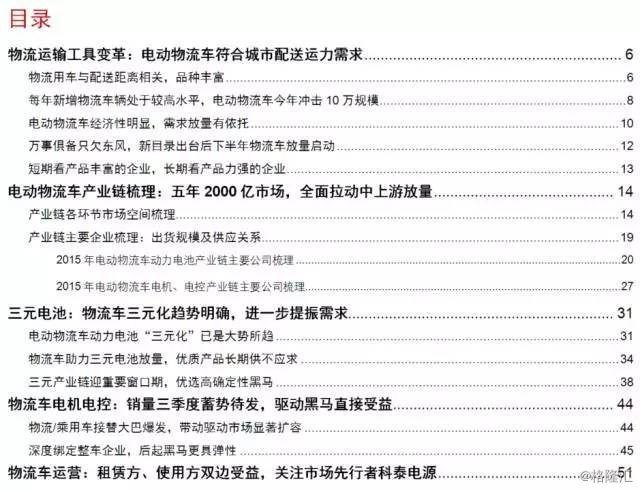
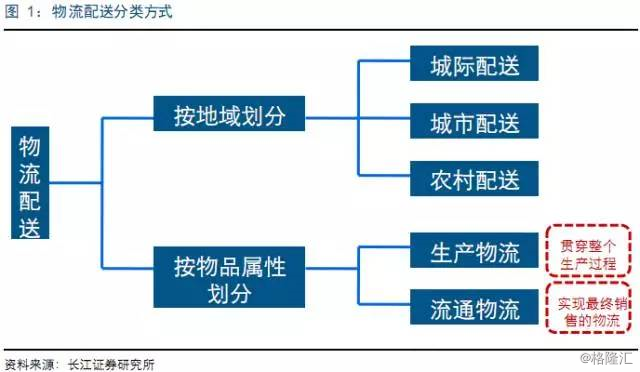
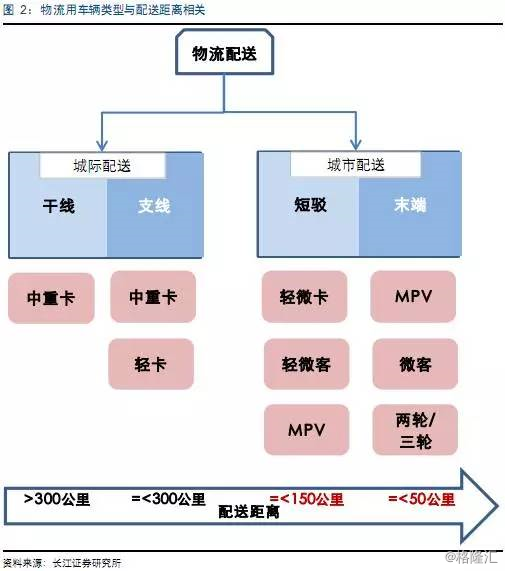

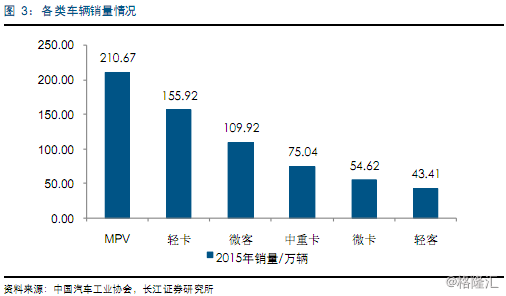
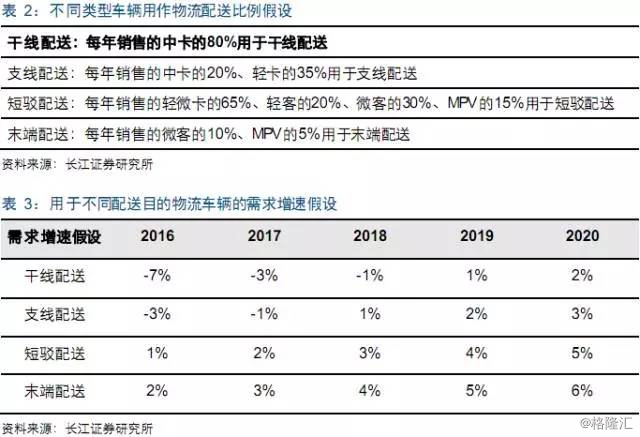


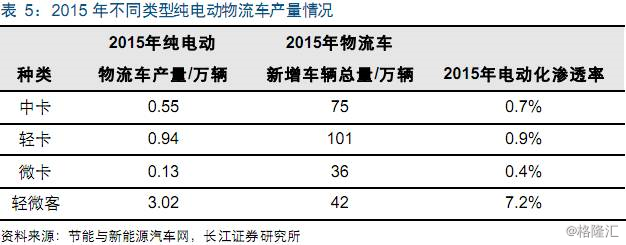


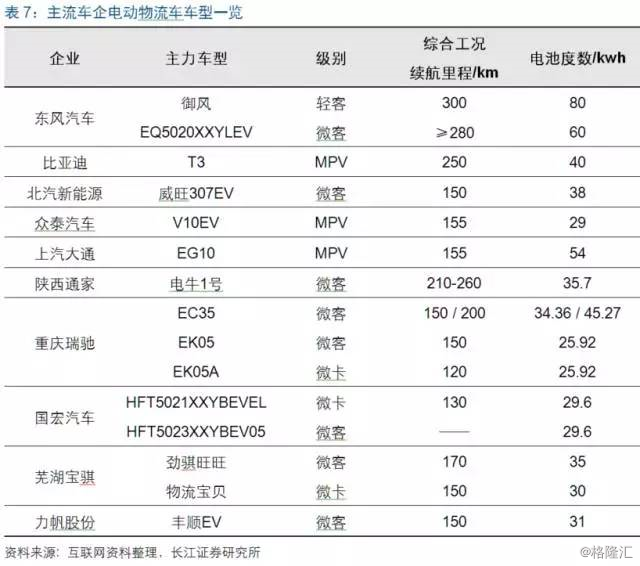
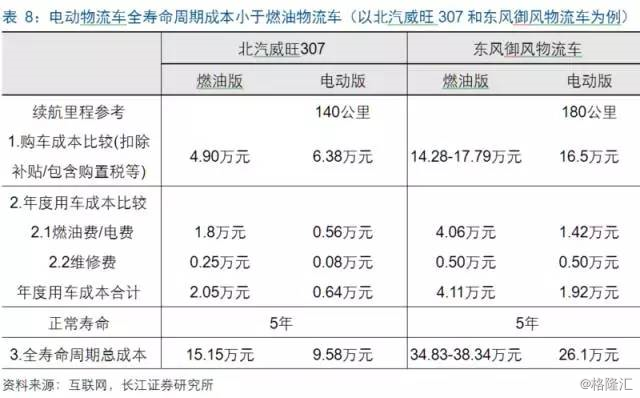


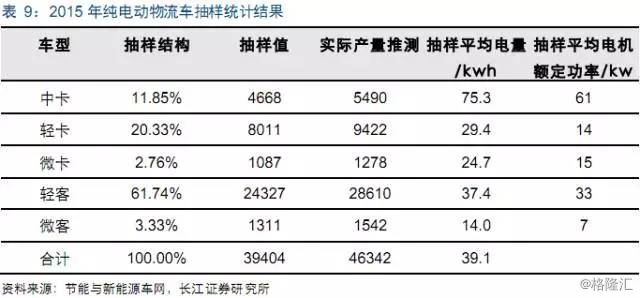
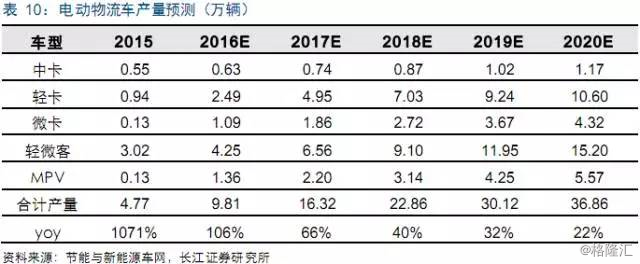
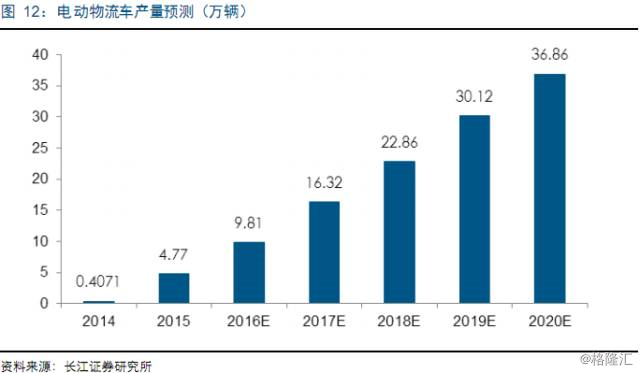
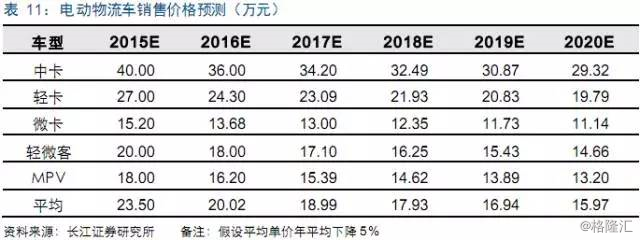
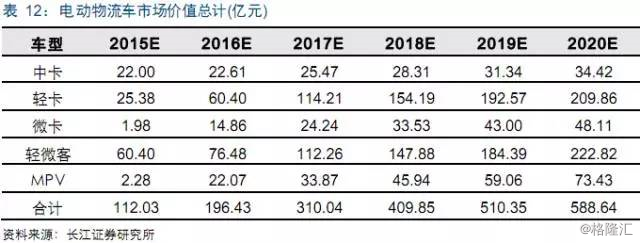
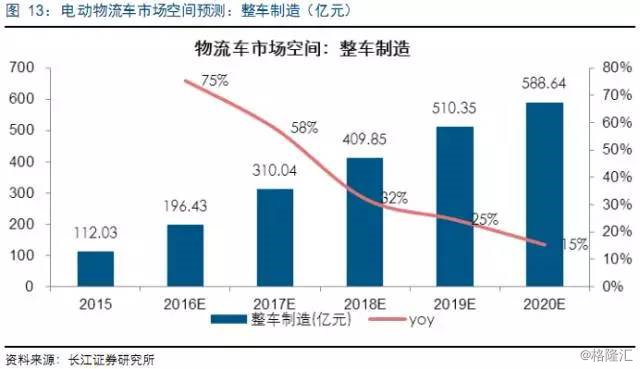
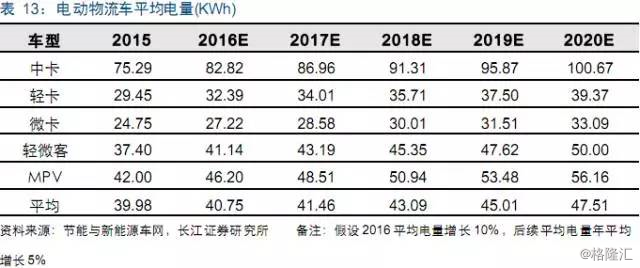

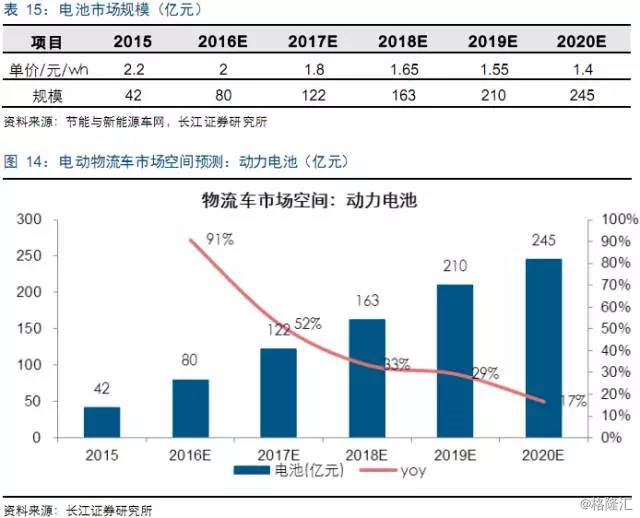


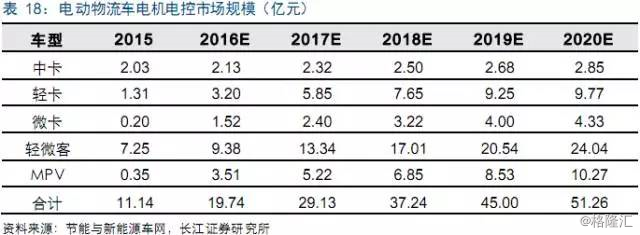
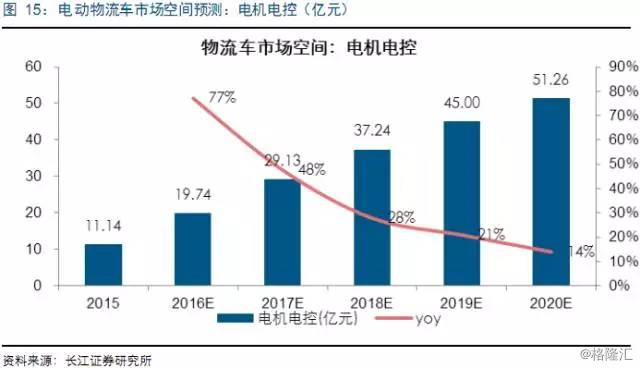
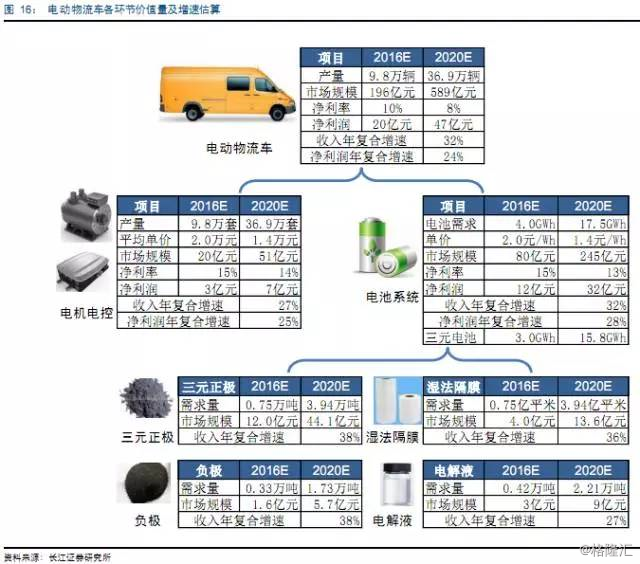
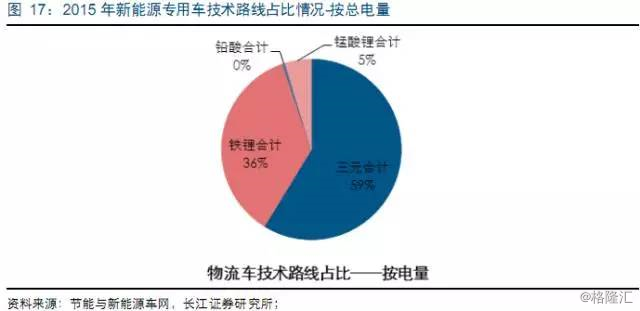
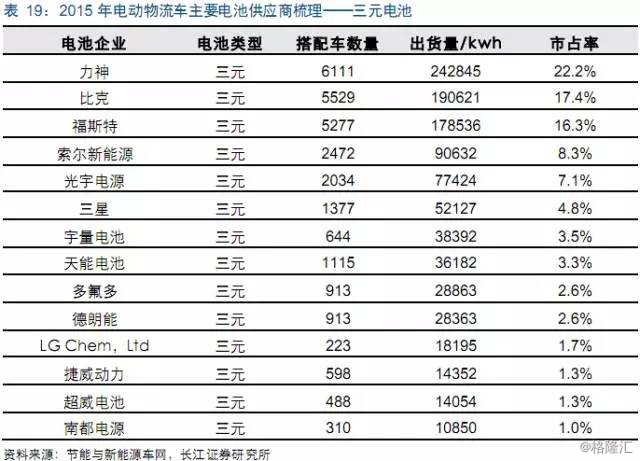
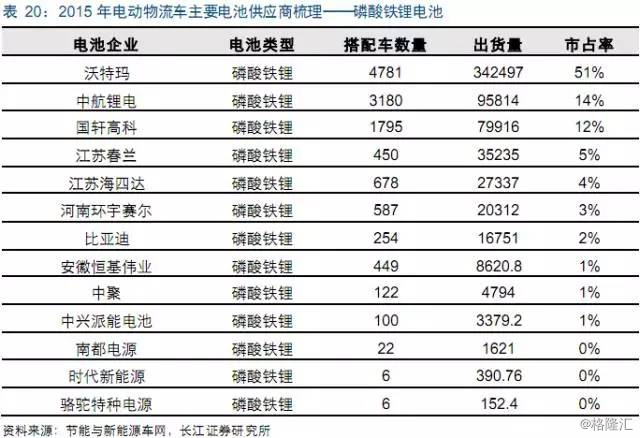


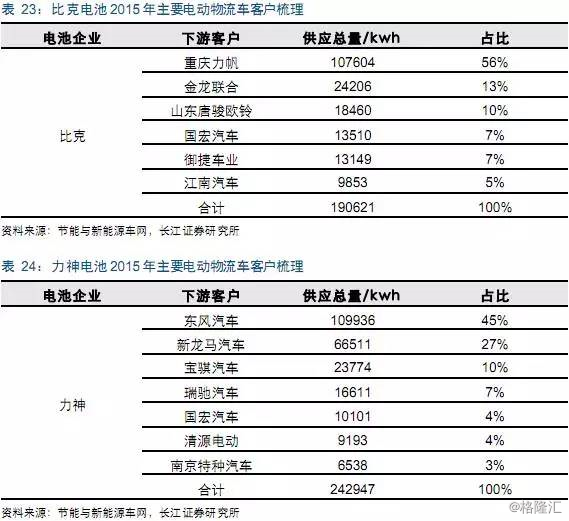
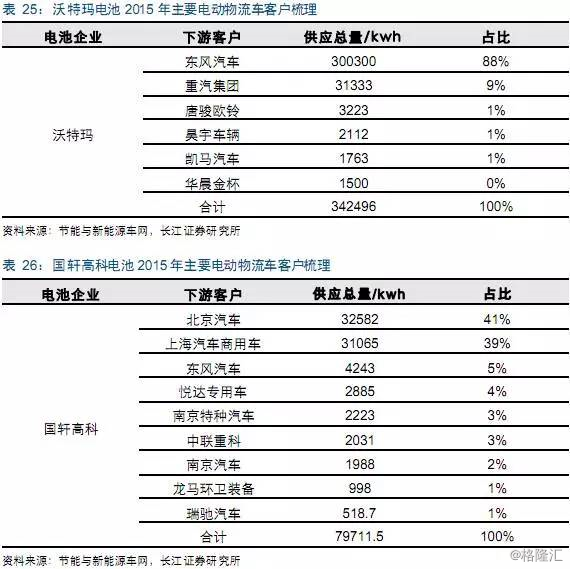
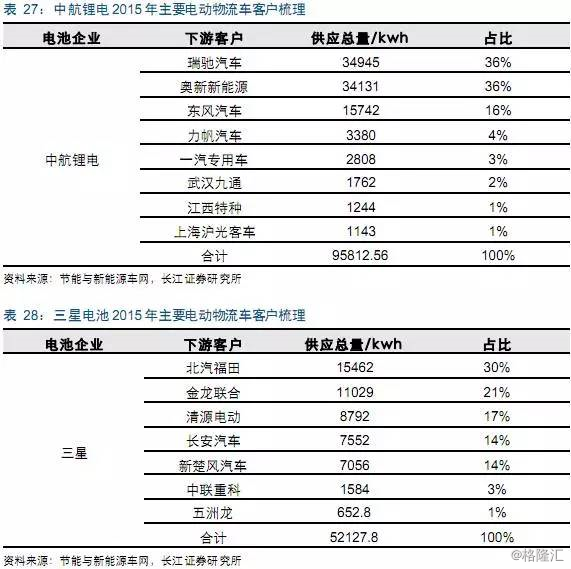
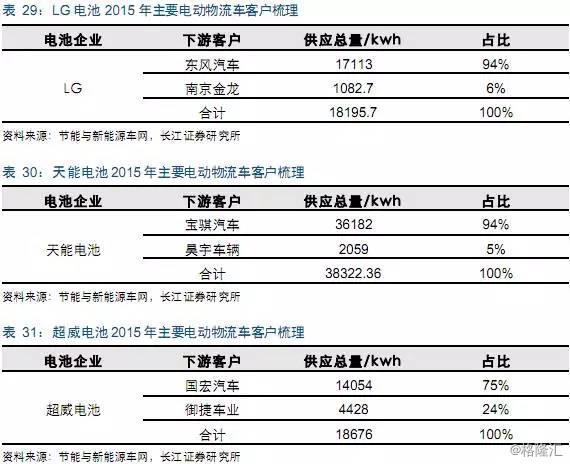
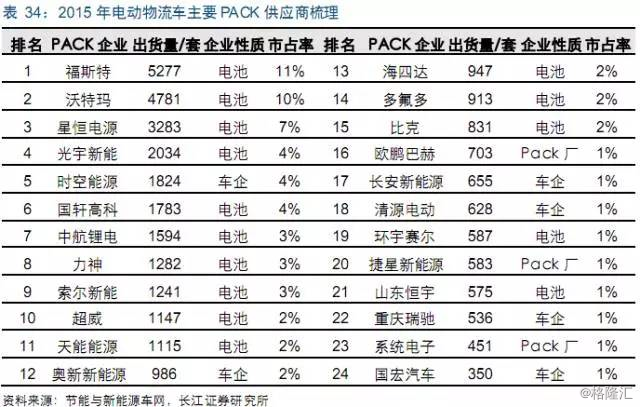
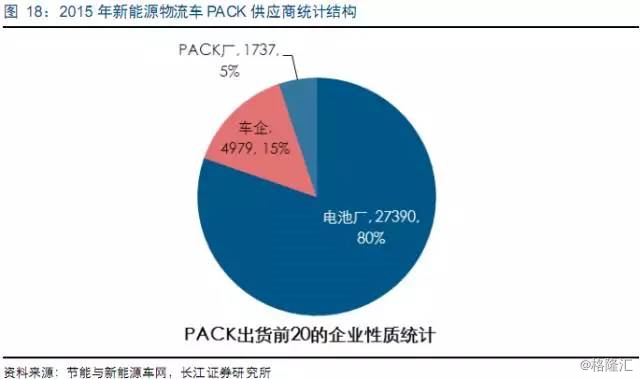
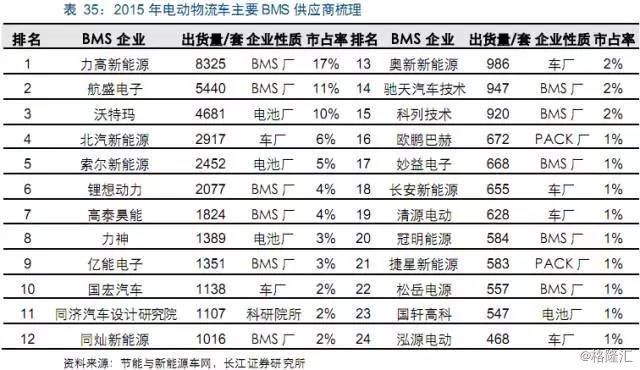
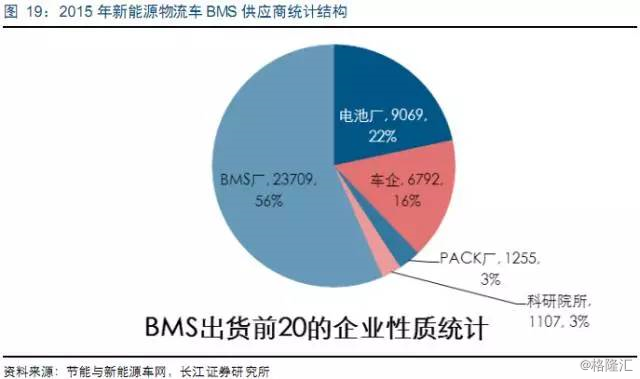
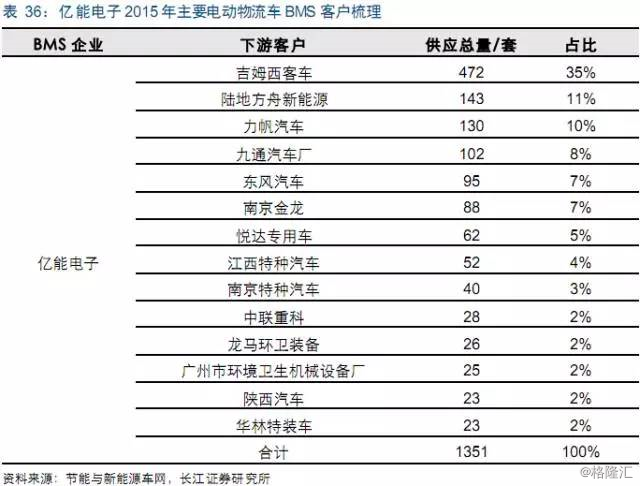
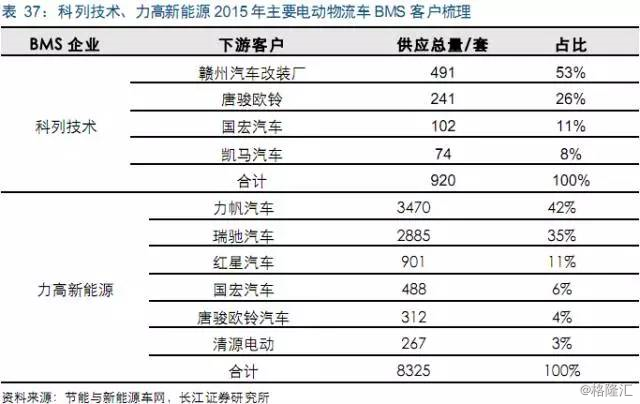
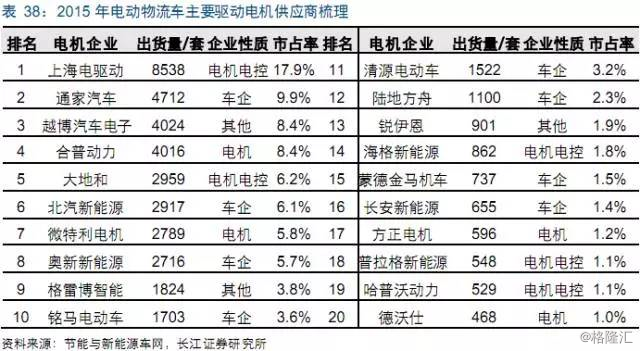
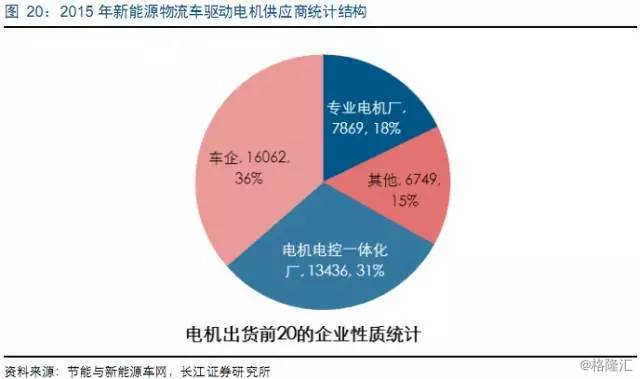

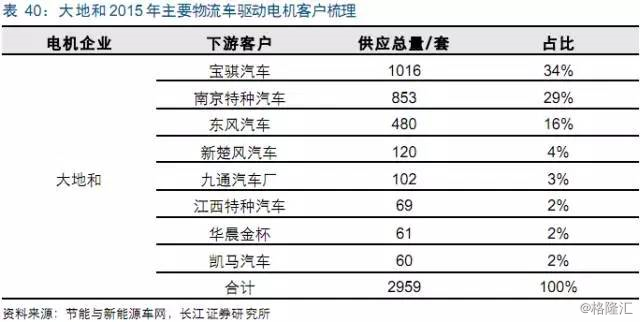
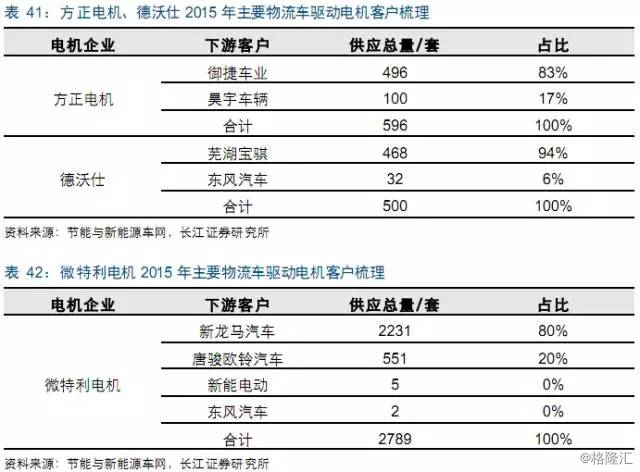
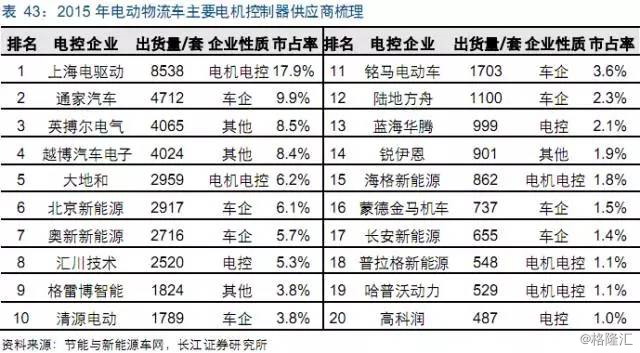
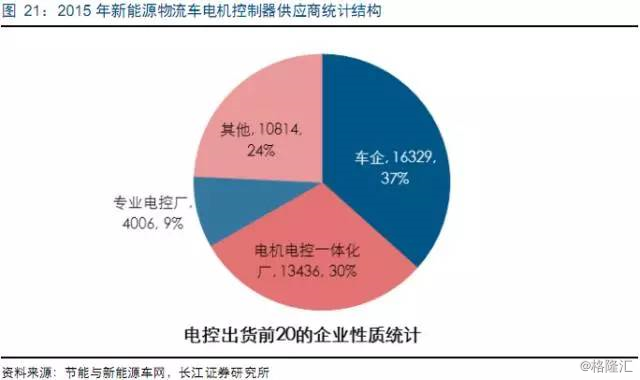
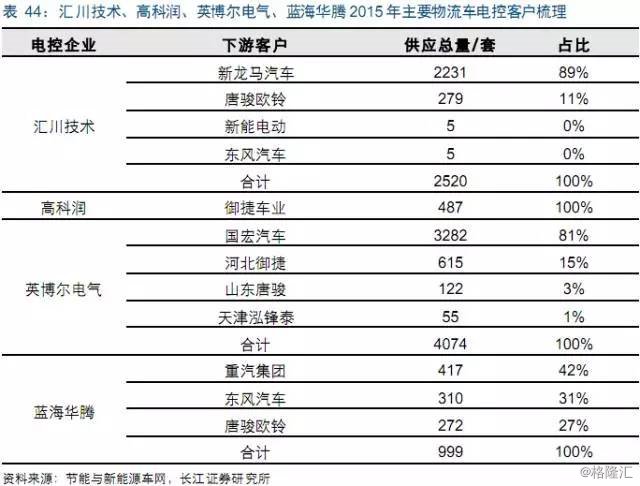

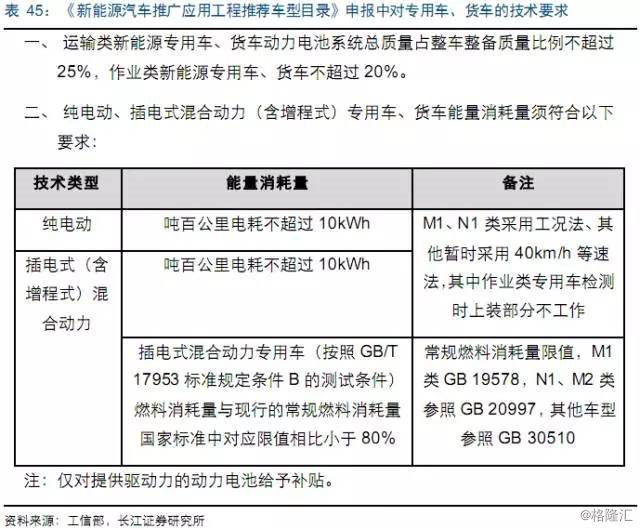
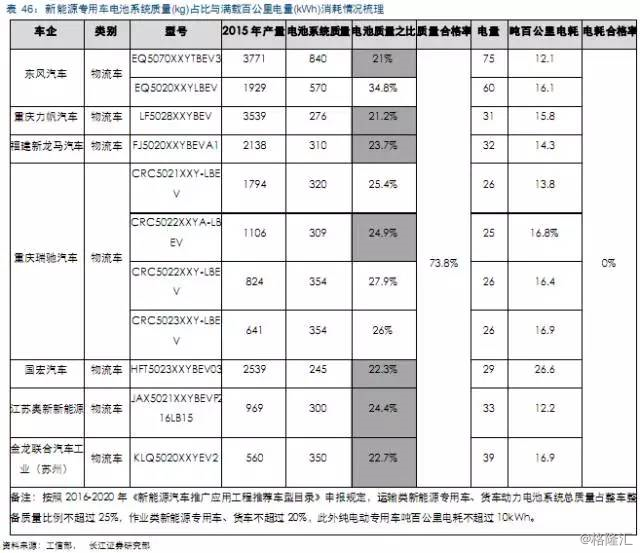
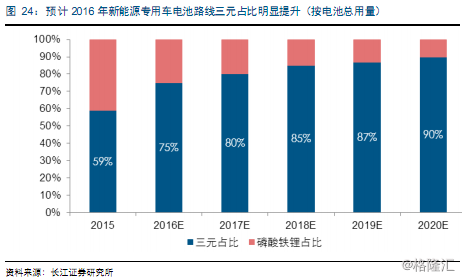
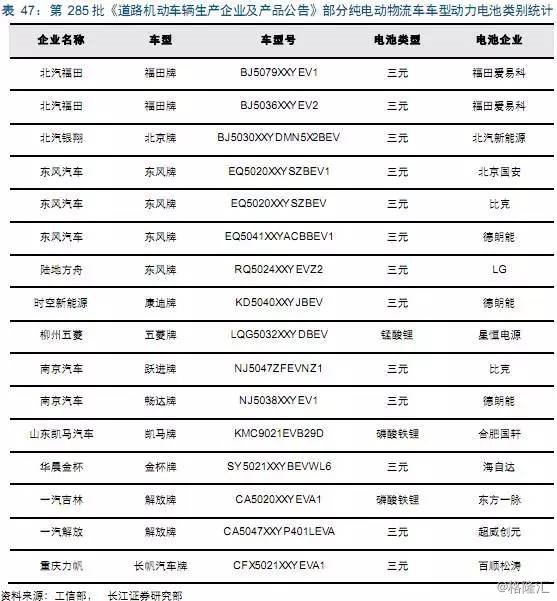

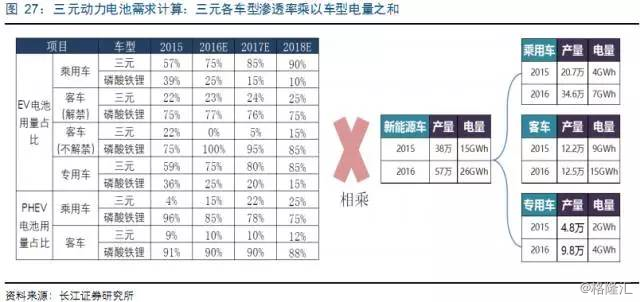

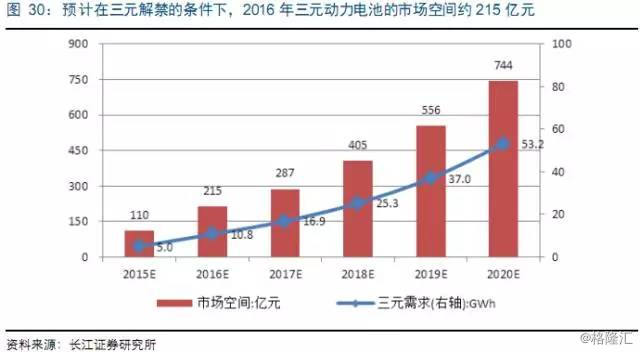
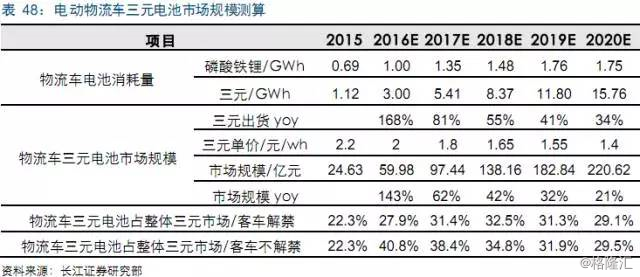
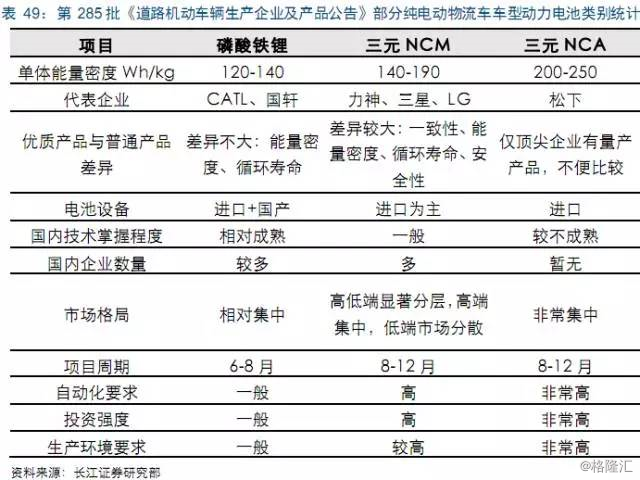
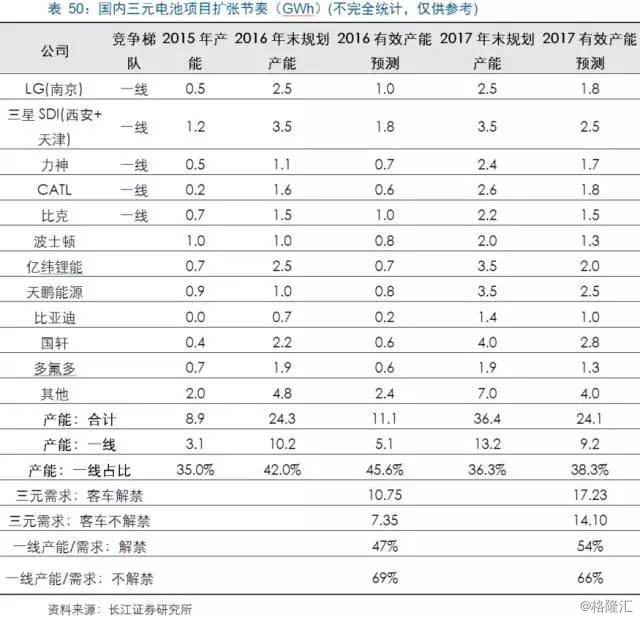

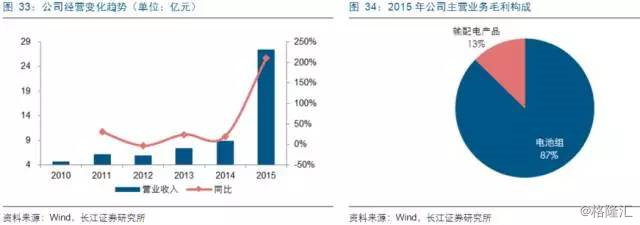
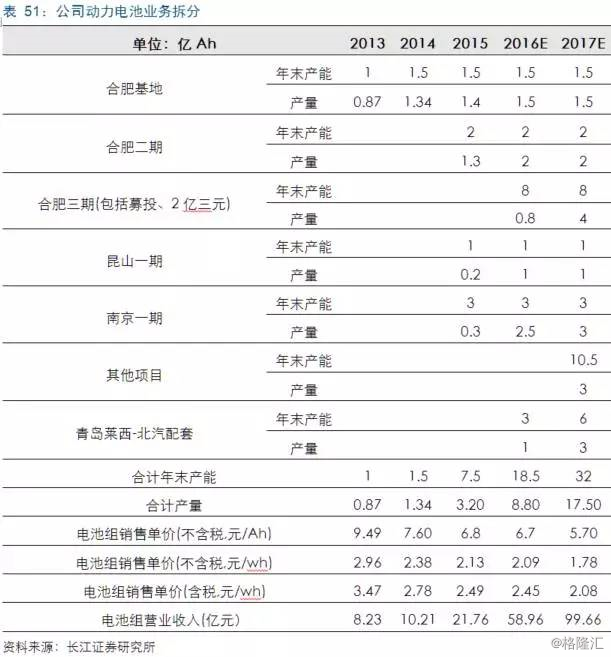

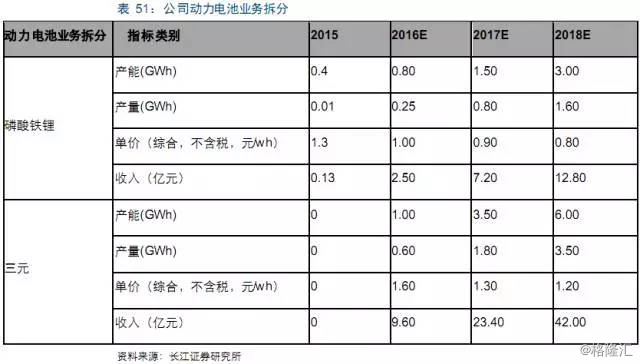



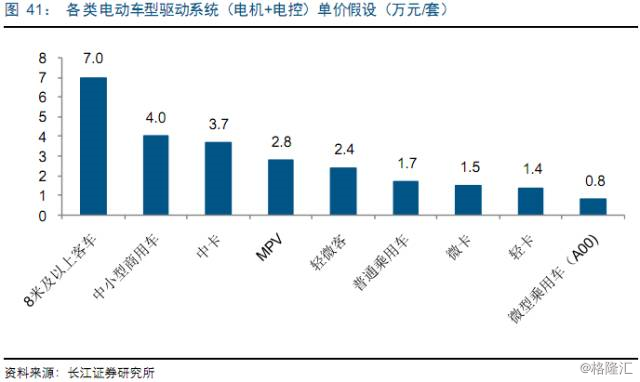
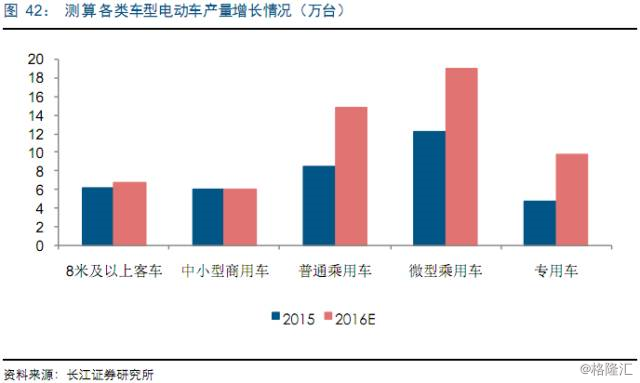
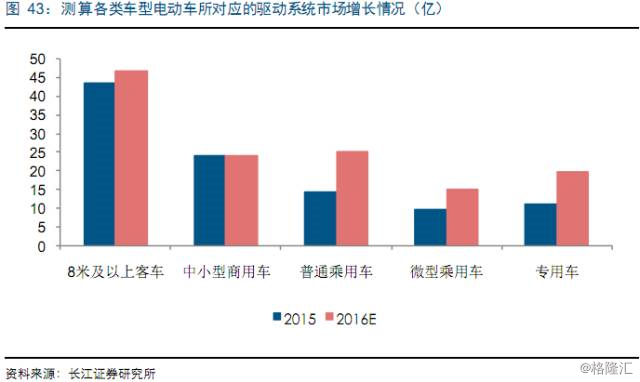
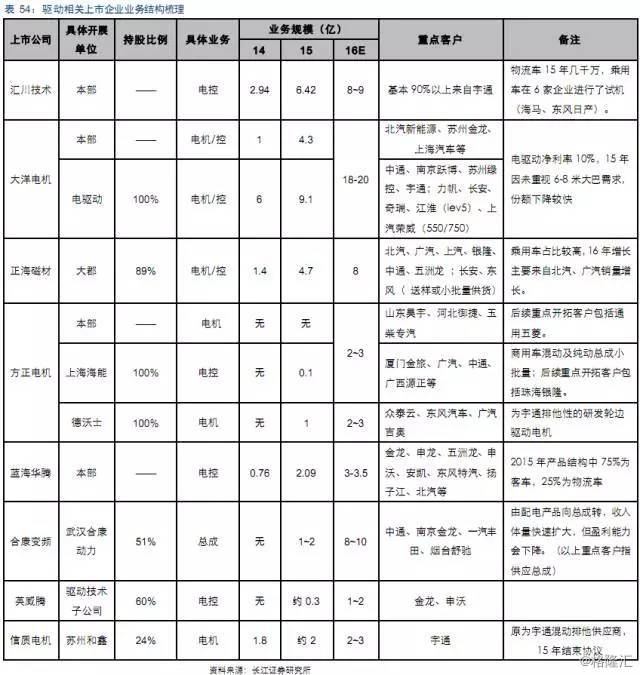
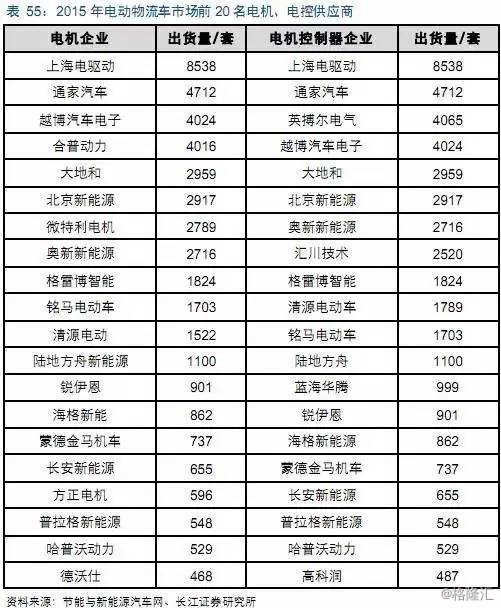

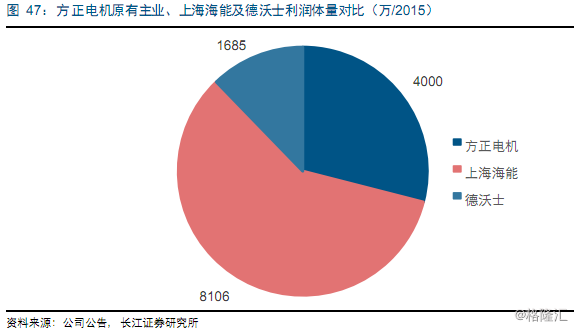
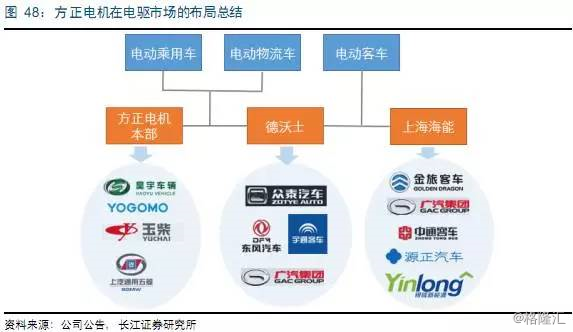


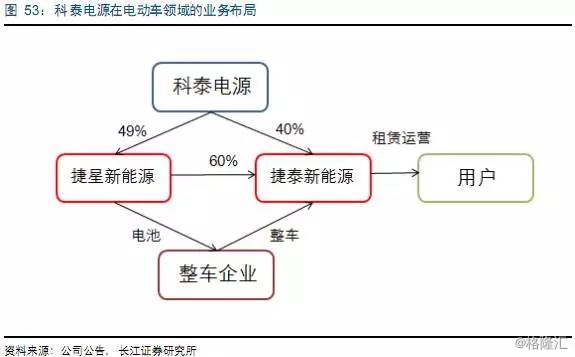
Analysis of the Industry Chain of 200 Billion Electric Vehicles in Five Years